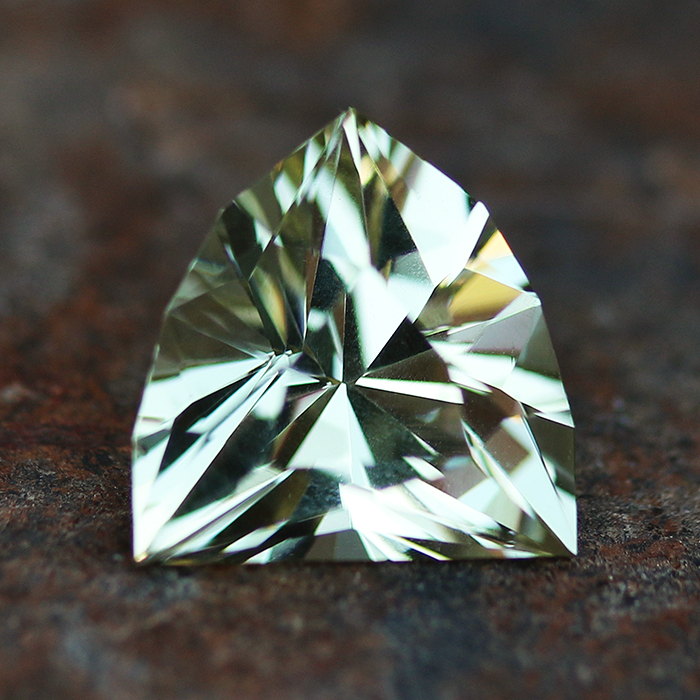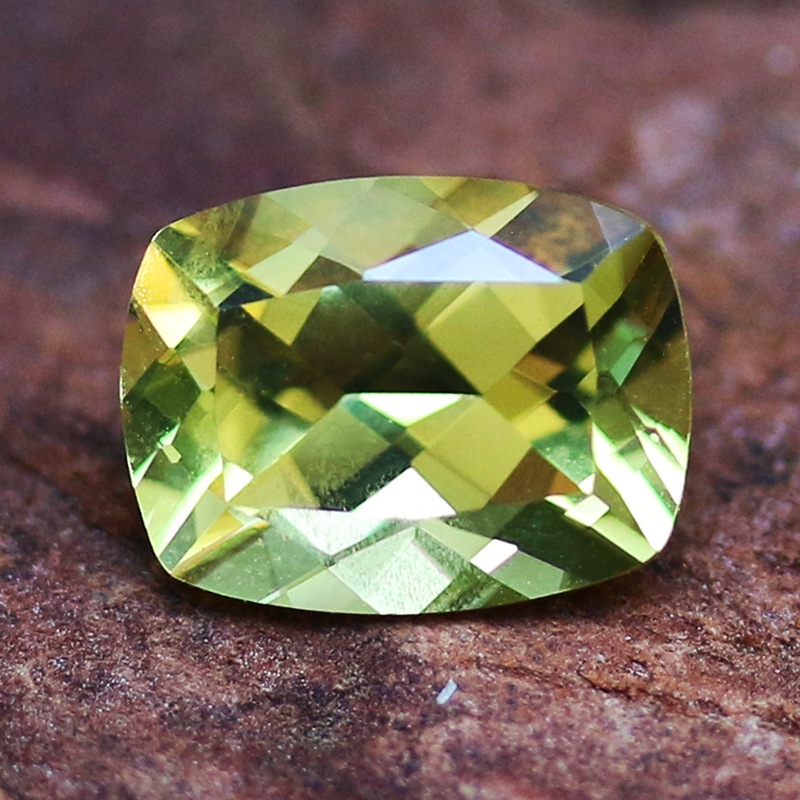Heliodor is the yellow to yellow-green variety of the mineral beryl. It is also known as golden beryl. Heliodor is frequently found in the same rock as the blue form of beryl, aquamarine. Like aquamarine, heliodor’s color is caused by the presence of iron in its crystal structure. Heliodor was first discovered in Erongo, Namibia in 1910. Other deposits in Africa include Mozambique, Zimbabwe and Zambia.
The name heliodor is Greek for “Gift from the Sun” because of its bright yellow color. The ideal color heliodor is a vivid golden yellow. This color is usually referred to more frequently as golden beryl. It is found in a large variety of shades however, including an attractive champagne color and a variety of greenish yellows. When well cut, the stone has wonderful brilliance which can closely resemble yellow sapphire.
Heliodor is almost never treated. Heat treating it changes the valency of the iron in the structure and it becomes blue aquamarine. It is a very durable stone with a hardness of 7.5-8 and is thus suitable for all kinds of jewelry.
Heliodor Information:
Mineral Group: Beryl
Crystal Structure: Hexagonal
Hardness: 7-7.5
Luster: Vitreous
Specific Gravity: 2.76
Transparency: Transparent
Refractive Index: 1.564–1.595
Double Refraction: 0.0040–0.0070
Pleochroism: Weak to distinct
Treatments: Occasionally heat treated
Colour: Yellow-green to yellow
Showing all 5 results






 $
$
 R
R